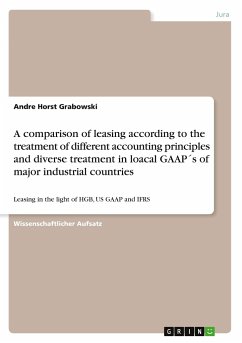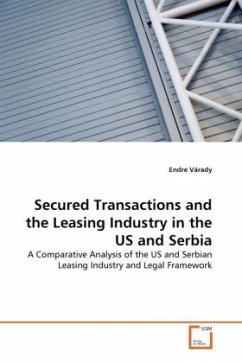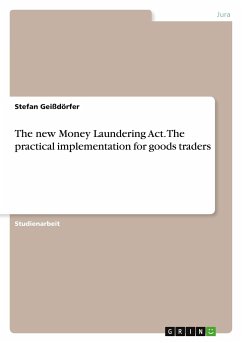Wissenschaftlicher Aufsatz aus dem Jahr 2011 im Fachbereich Jura - Zivilrecht / Handelsrecht, Gesellschaftsrecht, Kartellrecht, Wirtschaftsrecht, , Sprache: Deutsch, Abstract: 1. IntroductionThese days, leasing is usually understood as a modern form of financing ofvarious assets, both in the commercial and the private sector. Leases have nowbecome an integral part of economic life. With their multiple creativepossibilities and variations, leases are an equitable alternative to buying andrenting for companies.The diversity of different forms of leasing, and the fact that there is no uniformlease contract as a reference, results in lease accounting being one of the mostdifficult areas of accounting under almost all jurisdictions. [1] This diversity leadsto an accounting system for leasing business with different possibilities to allocatepositions in the P & L and balance sheet. Due to the lack of specific rules, leasingaccounting is mostly based on general accounting principles. [2] In Germany,relevant tax decrees have impact on the local accounting. Leases are, in principle,not fixed on legal contract types, and this allows temporary grant of use andutilization of liquidity-friendly financing alternatives in the balance-sheet. Sincemost major accounting systems presuppose exclusion of pending transactionsfrom the balance sheet, [3] companies used contracts for grant of use, such as lease,deliberately to influence the accounting. For example, sale and leasebacktransactions are used to reduce the balance-sheet debt, though the physicalproperty mapping has not changed. [4]The current lease accounting under IFRS 17 of the IASB is to be understood as areaction to the existing situation in the various accounting systems. The aim ofthe standard setter was to capture the major part of the grant of use in the balancesheet. All postings, which change the asset allocation similar to an investment,should also be accounted as such. [5] The concept of economic ownershipdividesany grant of use in leasing into two classes. The finance leases which, simply put,means all long-term and investment-like grants of use, and operating leases,which are any other grants of use. This was still not sufficient for the standardsetters, in particular against the backdrop of the various forms of expenses, anddue to growing discussions at national and international levels about renewal of the lease accounting. In particular, the Chairman of the IASB, Sir David Tweedieand the IASB member Warren McGregor found the current lease accounting athorn in their side.[...]








